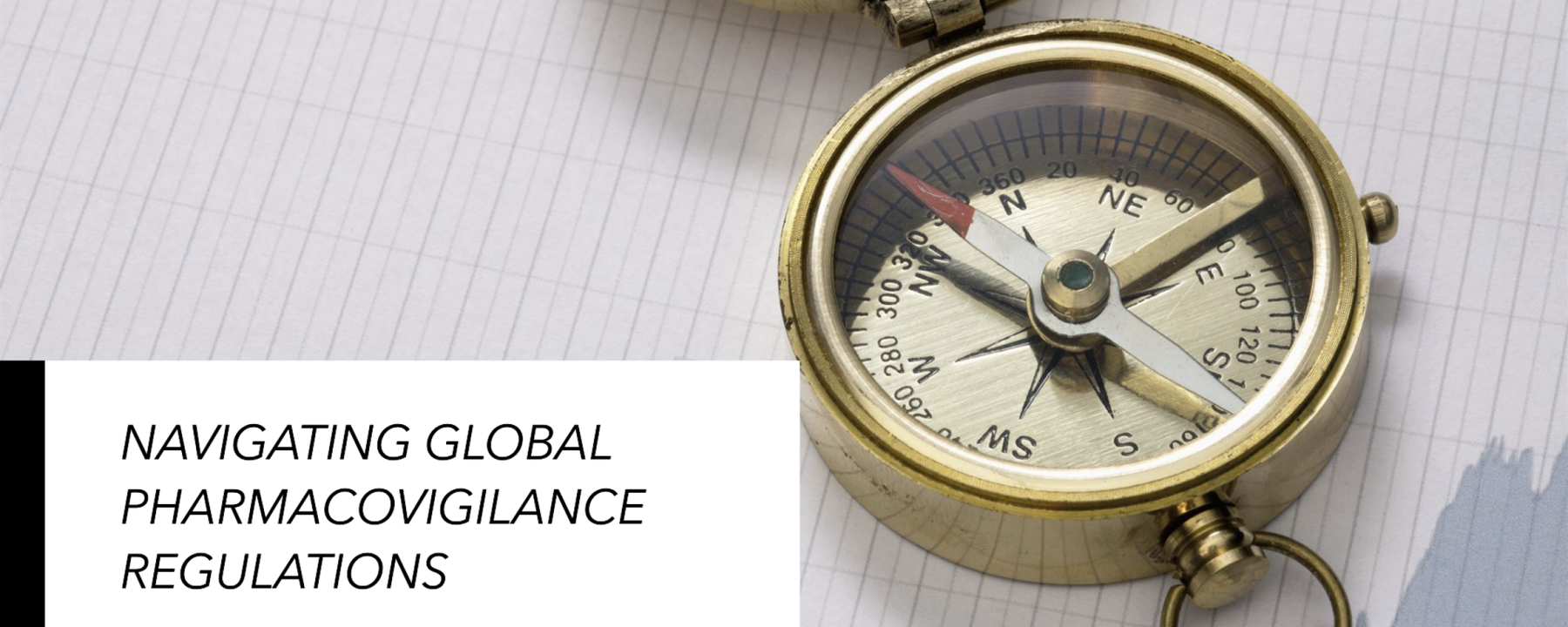
Global Pharmacovigilance Regulations: Navigating the Complex Landscape
In today’s interconnected world, the safety and efficacy of medicines are paramount. Pharmacovigilance plays a critical role in ensuring patient safety and compliance with regulatory standards. With an ever-evolving regulatory landscape, understanding and navigating global pharmacovigilance regulations can be a challenging yet essential endeavor for pharmaceutical companies. This article explores the complexities of pharmacovigilance regulations across the globe, providing examples and actionable insights to streamline compliance.
The Significance of Global Pharmacovigilance
Pharmacovigilance involves the detection, assessment, understanding, and prevention of adverse effects or any other drug-related problems. Regulatory agencies worldwide have established robust systems to monitor and manage the safety of pharmaceutical products. However, each country or region imposes distinct requirements, making global compliance a multifaceted task.

Importance for Public Health
Pharmacovigilance not only protects individual patients but also safeguards public health by:
- Identifying Risks: Monitoring adverse events to detect new or unanticipated risks.
- Improving Drug Safety: Refining product labels and usage recommendations.
- Building Trust: Ensuring transparency in pharmaceutical practices.
The Role of Digital Tools
With advancements in technology, digital tools like artificial intelligence and machine learning are now being integrated into pharmacovigilance practices. These technologies assist in:
- Data Analysis: Rapid identification of safety signals.
- Real-time Monitoring: Continuous surveillance of adverse events.
- Improved Reporting: Simplified processes for global submissions.
Key Pharmacovigilance Regulations Worldwide
1. United States
The FDA (Food and Drug Administration) enforces stringent pharmacovigilance requirements under the Code of Federal Regulations (CFR). Notable requirements include:
- Adverse Event Reporting System (FAERS): A database that monitors drug safety.
- Periodic Safety Update Reports (PSURs): Mandatory submissions to evaluate the benefit-risk balance.
- Risk Evaluation and Mitigation Strategies (REMS): Ensuring safe use of medications with known risks.
Example:
A U.S.-based pharmaceutical company must submit expedited adverse event reports within 15 days for serious events. Failure to comply can result in heavy penalties and product recalls.
2. European Union
The European Medicines Agency (EMA) oversees pharmacovigilance through the EudraVigilance system. Key regulations include:
- Good Pharmacovigilance Practices (GVP): Guidelines ensuring harmonized practices.
- Risk Management Plans (RMPs): Required during marketing authorization.
- Periodic Benefit-Risk Evaluation Reports (PBRERs): Ongoing assessment of product risks.
Example:
EU-based companies must monitor adverse events through EudraVigilance and collaborate with member states for signal detection. Non-compliance may lead to suspension of marketing authorization.
3. Asia-Pacific (India and Japan)
- India: Governed by the PvPI (Pharmacovigilance Programme of India) and Schedule Y of the Drugs and Cosmetics Act.
- Japan: The Pharmaceuticals and Medical Devices Agency (PMDA) mandates reporting under GVP standards. Companies are also required to maintain comprehensive drug safety databases.
Example:
In India, manufacturers must maintain a pharmacovigilance system and appoint a Qualified Person for Pharmacovigilance (QPPV). Companies failing to comply risk facing regulatory scrutiny and market restrictions.
4. Middle East and Africa
- Saudi Arabia: The Saudi Food and Drug Authority (SFDA) has implemented pharmacovigilance guidelines requiring electronic adverse event reporting.
- South Africa: Regulations focus on post-market surveillance and require local offices to handle compliance.
Example:
Pharmaceutical companies in Saudi Arabia must upload adverse event reports directly to the SFDA's electronic system within a tight timeframe.
Pharmacovigilance for Bio-Pharma in Mexico, Brazil, and LATAM
Pharmacovigilance in Latin America presents unique challenges due to diverse regulations across countries. For example:
- Mexico: Pharmacovigilance is regulated by COFEPRIS, requiring detailed adverse event reporting.
- Brazil: ANVISA emphasizes local post-market surveillance systems.
- LATAM Region: Countries vary in their reporting timelines, languages, and submission formats, making harmonization essential.
Challenges in LATAM
- Language Barriers: Regulatory documentation must be translated into local languages.
- Infrastructure Limitations: Some regions lack advanced pharmacovigilance systems.
- Varying Timelines: Reporting deadlines differ significantly between countries.
Collaboration in LATAM
Regional cooperation is key to overcoming these challenges. Organizations like the Pan American Network for Drug Regulatory Harmonization (PANDRH) aim to:
- Create standardized guidelines for the region.
- Facilitate data-sharing among regulatory bodies.
- Promote capacity building and training initiatives.
Example:
A biopharma company operating in Mexico must report adverse events to COFEPRIS within seven calendar days for serious cases. In Brazil, ANVISA mandates local testing of imported drugs for additional safety monitoring.
Best Practices for Global Pharmacovigilance Compliance
To navigate the complex regulatory landscape effectively, pharmaceutical companies should:
- Establish Local Expertise: Employ in-country experts familiar with local regulations.
- Utilize Technology: Implement advanced systems for global adverse event reporting.
- Develop Comprehensive Training Programs: Train teams on international regulatory standards and updates.
- Conduct Regular Audits: Ensure compliance through periodic reviews of pharmacovigilance processes.
- Engage with Stakeholders: Foster collaboration with regulatory agencies, healthcare providers, and patients to enhance safety monitoring.
Pro Pharma Research Organization’s Pharmacovigilance Services
Navigating these diverse regulations requires expertise. At Pro Pharma Research Organization, we offer tailored pharmacovigilance services to help your company maintain compliance and ensure patient safety:
- Adverse Event Monitoring: Comprehensive tracking of drug safety issues.
- Signal Detection and Evaluation: Identifying patterns that require regulatory action.
- Risk Assessment: Detailed evaluation of product risks and mitigation strategies.
- Regulatory Compliance: Ensuring adherence to global and regional pharmacovigilance standards.
- Pharmacovigilance Training and Consulting: Empowering your team with expert knowledge and guidance.
Contact us for more information and get access to our services for seamless pharmacovigilance solutions. Let us help you manage pharmacovigilance for bio-pharma in Mexico, Brazil, and LATAM effectively.
Conclusion
Navigating the global pharmacovigilance landscape demands an in-depth understanding of country-specific regulations and proactive compliance strategies. By leveraging expert guidance and robust systems, pharmaceutical companies can not only meet regulatory expectations but also enhance patient trust and safety.
For expert support with pharmacovigilance for bio-pharma in Mexico, Brazil, and LATAM, trust Pro Pharma Research Organization. Let us help you simplify compliance, protect patients, and build a reputation for safety.